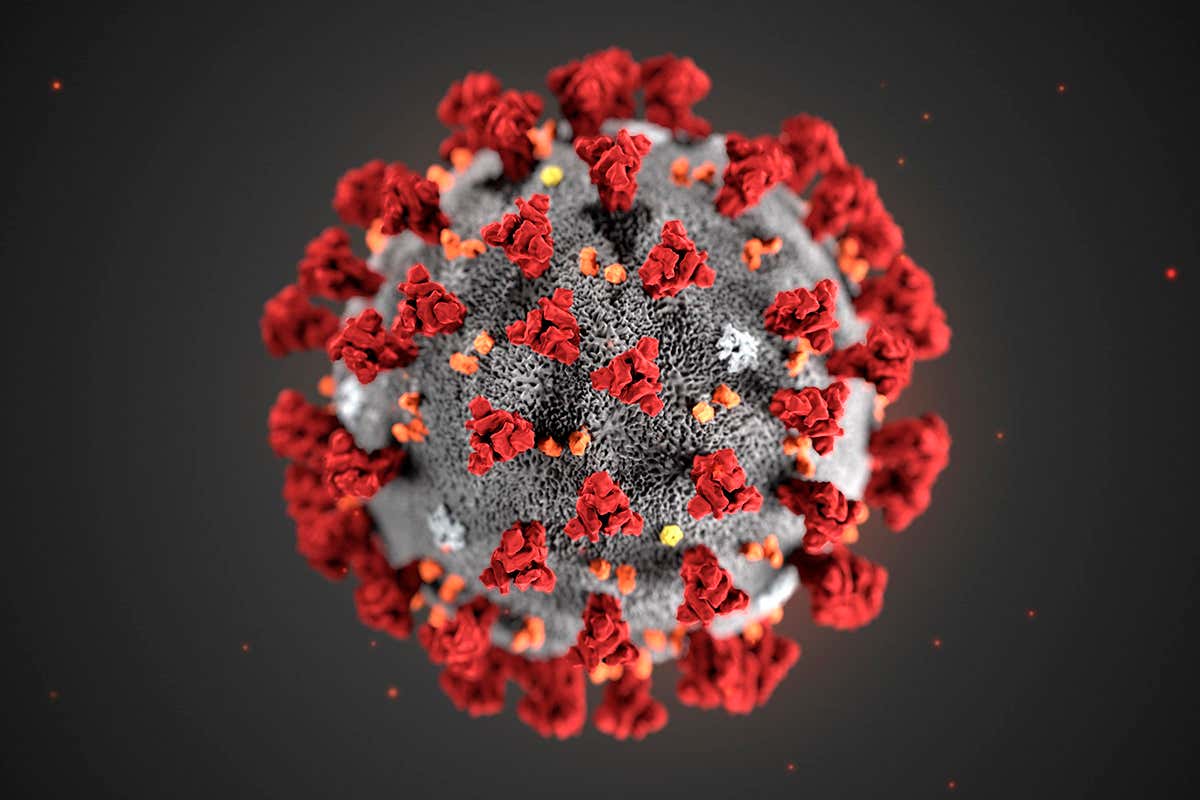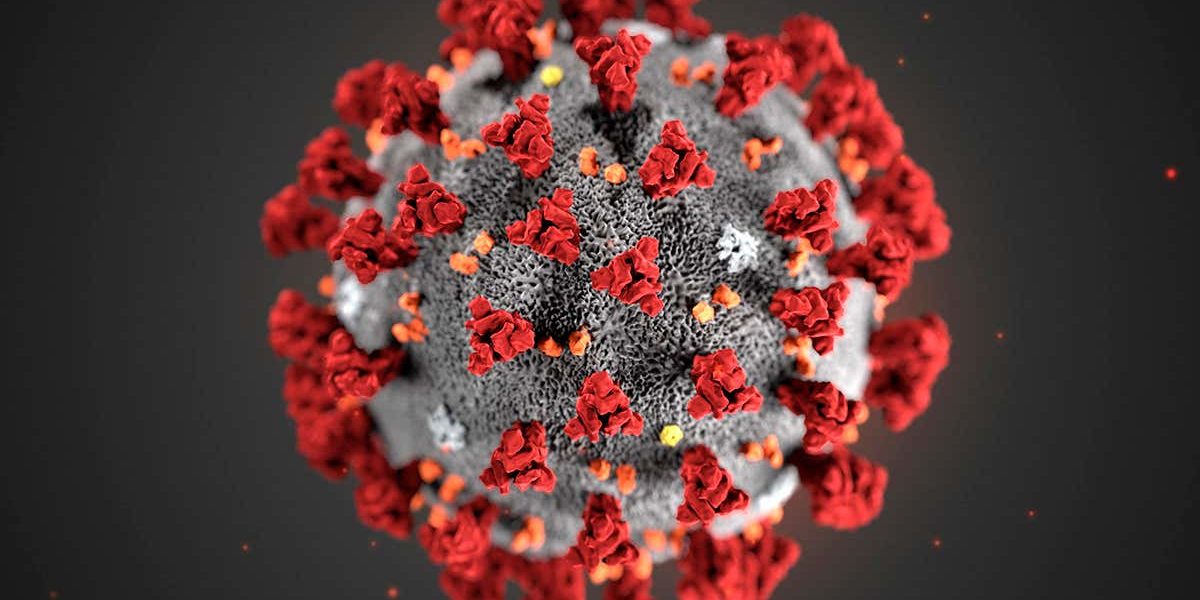Coronavirus Disease (COVID-19) was declared a pandemic on March 11, 2020 by World Health Organization following presence of 118,000 cases in over 110 countries and territories around the world with a sustained risk for further spread[1]. Two days after the declaration of the Pandemic by WHO, Kenya recorded the first case of COVID-19 amid panic and speculations among the citizens.
As the virus continued to spread there has been evolving global and national directives on how to contain the virus as guided by World Health Organization and Public Health Authorities in respective countries and territories.
As the masses continue to get Public Health Education and various directives and measures from governments aiming at containing the spread of the disease, very little focus has been given to Persons with disabilities and targeted measures on controlling the spread of COVID-19 among them despite the fact that they present as one of the vulnerable communities based on the nature of the disease and predisposing factors due to disability.
About 15% of the world population comprise of people with disabilities. It is estimated that 80% of this population live in developing countries, majority are poor and live in urban and peri-urban areas.[2] It is predicted that by 2050 about 6.25 billion people, 15% of them being persons with disabilities will be living in urban areas.
Urban environments, infrastructures, facilities and services, depending on how they are planned and built, can impede or enable access, participation and inclusion of members of society.[3]

The ‘Just City’ concept in Kenya is anchored on the principles of Dignity, Equity & Diversity, Rights & Responsibilities and Democracy with the premise that “Just Cities” are welcoming to people from all walks of life irrespective of their differences, accords citizens respect, fair and equal opportunities, upholds their rights and ensures equitable participation in all spheres of life. The outbreak of COVID -19 has brought the World to a “near shut down” and introduced a “New Normal” to societies which continues to attract different reactions and responses by various stakeholders including the government and non-state actors.
General impact of COVID -19 on Persons with Disabilities:
For one billion people with disabilities spread across the globe and millions residing in Kenya, the past few months of the disease outbreak has been difficult times of increased vulnerability and exposure to adverse socioeconomic repercussions.
The World Health Organization and Public Health guidelines in Kenya require that people exercise social distancing, practice regular hand washing, regular hand sanitization and isolation as well as quarantine of suspected and confirmed cases of COVID-19 as key measures to contain the virus.[4]
In as much as these measures could be exercised with simplicity or little effort by non-disabled persons, they have proven to be so complex and in some instances impossible to implement by Persons with disabilities. For instance, social distancing could be extremely challenging to blind people who need guides, deaf people who need sign language interpreters, deaf blind people who need tactile sign language interpretation and quadriplegic people who need constant help with basic activities including self-care. Hand washing could pose a big challenge for people with physical disabilities resulting to paralysis and severe wastage of muscles leading to inability to rub hands while washing in line with the acceptable standards for hand washing. More so persons with disabilities end up using large quantities of sanitizers compared to able bodied since they have to sanitize their assistive devices e.g. wheelchairs, crutches, white canes etc.
Persons with disabilities with conditions such as Muscular Dystrophy which present challenges with proper functioning of the respiratory system are in increasing fear that they could be expendable should the pandemic get worse. For people with euro development disabilities such as Autism Spectrum Disorder, Cerebral Palsy, down syndrome, Epilepsy and other conditions the Pandemic has posed a big health challenge occasioned by inaccessibility and shortage of essential medicines such as anticonvulsants and other medications and therapy necessary for managing their conditions, therefore their struggle during the pandemic is the uncertainty as to whether they shall continue living or simply bow due to lack of essential medicines. Even before the outbreak of COVID-19 Persons with disabilities in Kenya and globally have been struggling to secure descent employment for their livelihood. More than half of Kenyans with disabilities experience difficulties in engaging in economic activities[5].Majority of employed persons with disabilities are employed in the informal sector. The pandemic has rendered most of them jobless and others with huge income cuts owing to the fact that they can no longer conduct their economic activities due to the public health directives of social distancing in public spaces such as public transport, open markets and night curfews which demand for adjusted working hours.
Public Health and Fiscal Measures for Containing Coronavirus in Kenya – What this means to People with Disabilities in line with “Just City Principles”.
Following the confirmation of the first case of Coronavirus in Kenya, the government enforced public health and fiscal measures to control further spread of the disease in the Country and cushion the citizens from the effects of the pandemic. Some of the public health measures enforced include immediate closure of learning institutions, ban of public gatherings including gatherings in restaurants, bars, funerals & weddings, churches, enforcement of social distancing measures in public transport and open markets, restriction of movement across the boarders and flights as well as night curfew beginning at 7pm and ending at 5am.
The government also enforced quarantine and isolation of suspected COVID-19 cases in identified facilities.
Among the fiscal measures put in place by the government are tax reliefs for low income earners, reduction of income tax rates (income, resident and turnover taxes), appropriation of additional Ksh 10 billion to the elderly, orphans and other vulnerable members of the community, reduction of Value Added Tax (VAT), suspension of Credit Reference Bureau (CRB) listing, payment of at least Ksh 13 billion pending bills and VAT refunds. Other administrative measures undertaken by the state include reallocation of Universal Health Coverage Funds towards recruitment of more health workers and voluntary reduction of salaries of senior ranks of National Executive as well as development of frameworks for government agencies to work from home.
Even as we laud the government for stepping in quickly and putting interventions on containing the virus effects, it is important to note that there are gaps in the measures in view of the “Just City Principles”. For instance, the directive on one Meter Social distancing is a one size fit all approach that fails to address the unique challenges experienced by deaf, deaf blind, blind and quadriplegic people who are yet to be advised on how to interact with their assistants and caregivers during this pandemic. The directive as presented go against the principle of diversity and equity because it fails to offer necessary guidelines to PWDs who can’t exercise social distancing therefore exposing them to higher risk of contracting the disease.
For masses of people with disabilities who held casual and informal jobs which have since been lost, it’s been extremely difficult to survive without income and rely on grace of people and humanitarian aid during the pandemic. People with disabilities have been robbed of their dignity due to improper channels of distribution of necessities such as food which has left them scrambling for food alongside other people whenever such aid is provided to the community.
More often there has been circulation of information on COVID -19 which is not credible. Even where credible information has been given to the public by government agencies the information is often not available in accessible formats to persons with disabilities. Such formats include digitally accessible information to the blind, availability of sign language interpretation and availability of information in plain and simple language for people with intellectual disabilities.
This is against the principle of rights and responsibilities which has increased vulnerability of PWDs to various risks during this pandemic e.g. there has been media reports of an intellectually disabled person who was beaten to death by police in Kakamega for walking during curfew hours, he simply did not know about the night curfew since the communication never reached him[6].
Appropriation of funds to cushion the elderly, orphans and vulnerable members of the community (who include the urban poor and persons with disabilities) is a great fiscal measure. However, the details of administration of the fund remain scanty to the public making it questionable as to whether the fund will reach the targeted group.
The exclusion of persons with disabilities in the emergency response committees opens a window for non-disability inclusive response. COVID-19 emergency response should be a democratic process that allows effective participation of persons with disabilities within the National and County emergency response committees.
What we can do towards a “Just” Response to COVID-19 for Urban Vulnerable Persons with Disabilities:
Diversity & Equity:
COVID -19 emergency response must ensure that Persons with disabilities receive information about infection mitigating tips, public restriction plans, and the services offered, in a diversity of accessible formats – Provide sign language interpretation, large print, accessible digital media for blind, communication in plain language and simple illustrations for people with intellectual disabilities.
Innovations for emergency response should comply with the principles of Universal Design E.g. Hand washing points should be accessible to wheelchair users and transparent masks be produced for ease of lip reading by hard of hearing people.
Democracy:
COVID-19 emergency response should be disability inclusive. Persons with Disabilities should be represented in the Committees at National level, County level and Community level to ensure disability inclusive approach in emergency response.
Proper measures should be put in place to ensure effective and efficient administration of funds appropriated for vulnerable people to mitigate the effects of COVID-19. This include Proper mapping and needs assessment for persons with disabilities to ensure the allocated resources meet the intended purpose. This process should be made public to ensure PWDs can access the fund with ease. Persons with disabilities in need of assistive devices such as wheelchairs, white canes, and prosthetic limbs should be provided with the devices to minimize contact thereby cushioning them against increased vulnerability COVID-19.
Rights & Responsibilities:
Essential Medicines and therapy should be provided to Persons with Disabilities (PWDs) without interruption during the pandemic. PWDs should not be neglected due to more focus on COVID-19. Those in need of healthcare due to COVID 19 should not be deprioritized on grounds of disability. The right to life and right to health should be upheld during the pandemic.
There should be rapid awareness raising and training on disability rights for personnel involved in COVID-19 response which includes risks associated with respiratory complications for certain types of disabilities. Caregivers and personal assistants should also be trained on how to protect themselves and persons with disabilities against COVID-19 and provided with protective gears.
Dignity:
Additional protective measures should must be taken for people with certain types of disabilities: Such include Disinfection of entrance doors reserved for persons with disabilities, handrails of ramps or staircases, accessibility knobs for doors reserved for people with reduced mobility, ensuring community support to people with psycho social disabilities and introducing proactive testing and more strict preventive measures to groups of persons with disabilities who are more susceptible to infection due to respiratory or health complications caused by the impairment.
Persons with Disabilities in quarantine facilities should be provided with support services, personal assistance, communication and physical accessibility. Their assistants should be provided with personal protective equipment and ensure proactive testing to prevent further spread of the virus.
[1] World Health Organization (2019)
[2] World Report on Disability (2011). World Health Organization
[3] World Urbanization Prospects (2014). United Nations Department of Economic and Social Affairs
[4] WHO advise to public on containing COVID-19 https://www.who.int/emergencies/diseases/novel-coronavirus-2019/advice-for-public
[5] 2015/16 Kenya Integrated Household Budget Survey(KIHBS), KNBS (2017)
[6] Police Brutality to an Intellectually disabled person – https://citizentv.co.ke/news/mentally-ill-man-35reportedly-beaten-to-death-by-police-enforcing-curfew-in-kakamega-328761/
Mildred Omino is a Kenyan Gender and Disability Rights Activist.


